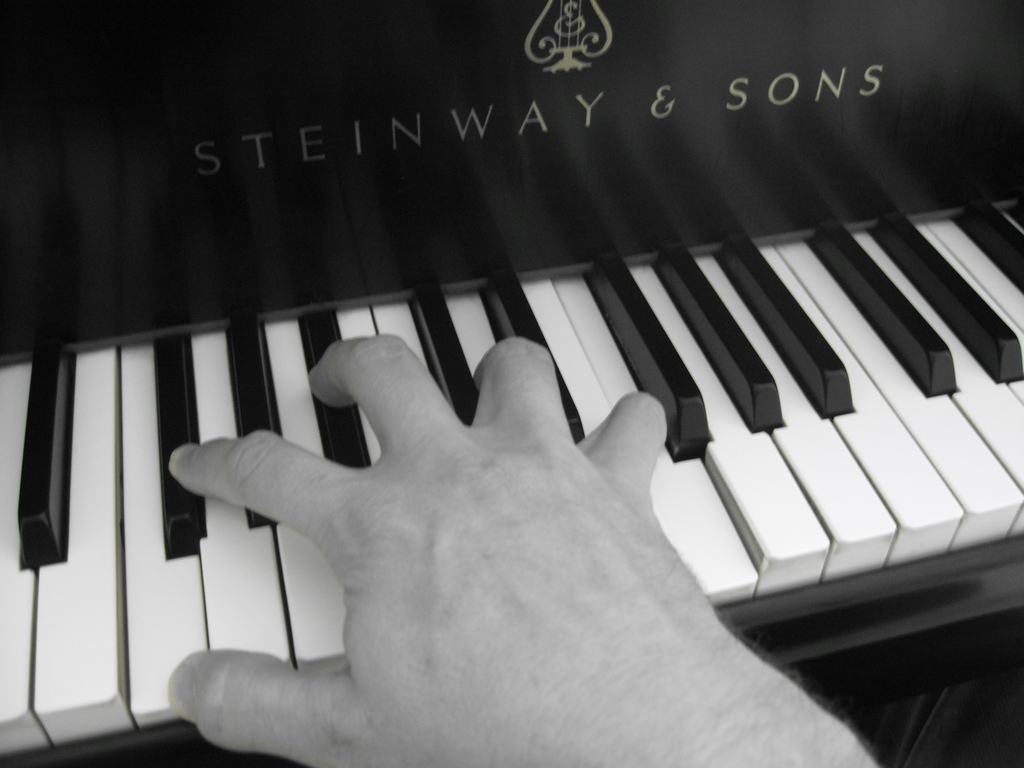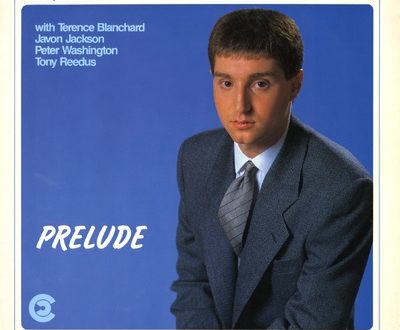
Greasy Dominant Tricks
Continuing the topic of chords (chords, I love chords!!), it’s time to bask in the power of the dominant nine — whether flatted or raised. The voicings below are bound to grease-up your comping, or at the very least, draw some confused looks (or both). When used correctly though, it’s a whole new world of tension-rich chordal magic. Am I being too enthusiastic? Don’t answer that.
(click images to expand)
And more!
Regarding that first voicing, a basic b9 chord, notice that the right hand is a G triad (inverted) over a basic I-V7 in the bass. Using the triad built on the sixth gets you a very effective and rather punchy sounding dominant chord. This is typically used as a v7 to a minor root, but it has many uses beyond that.
With both the flat-9 and the sharp-9, you can devise voicings that lends themselves to an inversion sequence. That is, a pattern of identical chords that move up and down in minor thirds. This can create some very powerful chordal fills. Note since we’re moving in minor thirds, we’re also outlining a diminished scale. Since there are only three diminished chords — that is, these three can be used with four different roots for the same chord — you only need to learn this pattern in three keys. The rest follow.
Also notice that in the both sequences, the same chord “shape” moves by thirds in the right hand while the left hand simply outlines a diminished seven chord (F-Ab-B-D, etc.). For the first sequence, this translates to a movement of half-step triads: E/F -> G/Ab -> Bb/B -> Db/D. The same thing holds in the other two keys: Eb/E -> Gb/G -> A/Bb -> C/Db, and so on. The best way to learn these is through repetition: show your hands how it feels, do not try to compute chords in your brain. The former becomes muscle memory; the latter confusion. So in other words: practice, practice, practice!





2 Comments
Conrad
Loving these posts…. I remember you going over some of these concepts in our lessons. I’ve yet to apply them successfully, but I’m more inspired to do so now.
Keep em coming!!!
Fauxmat
Thanks Conrad — more coming soon!